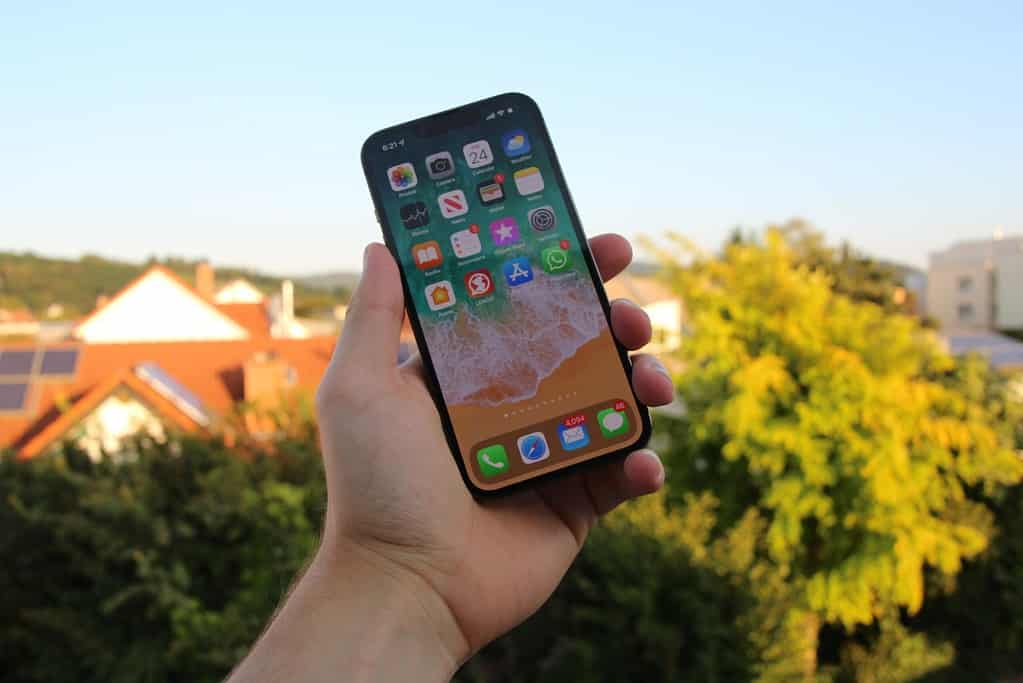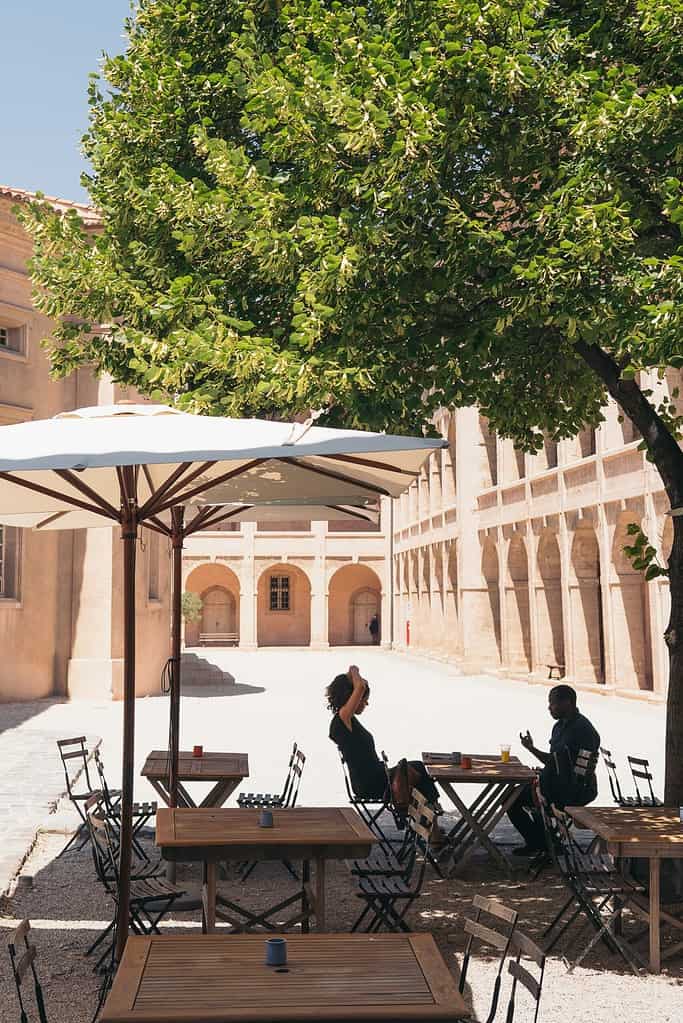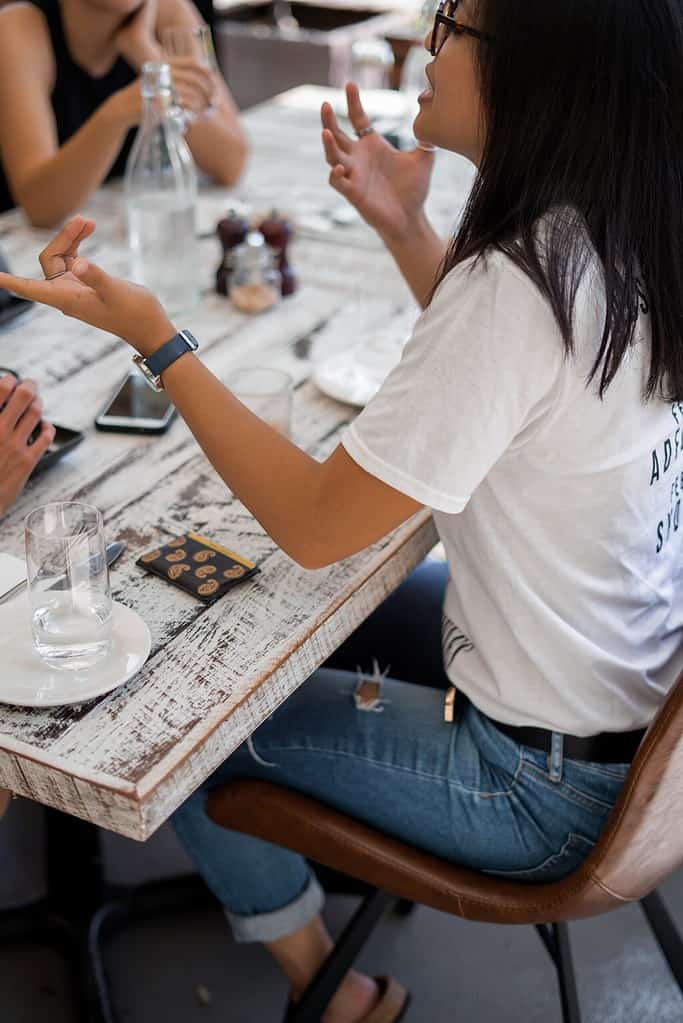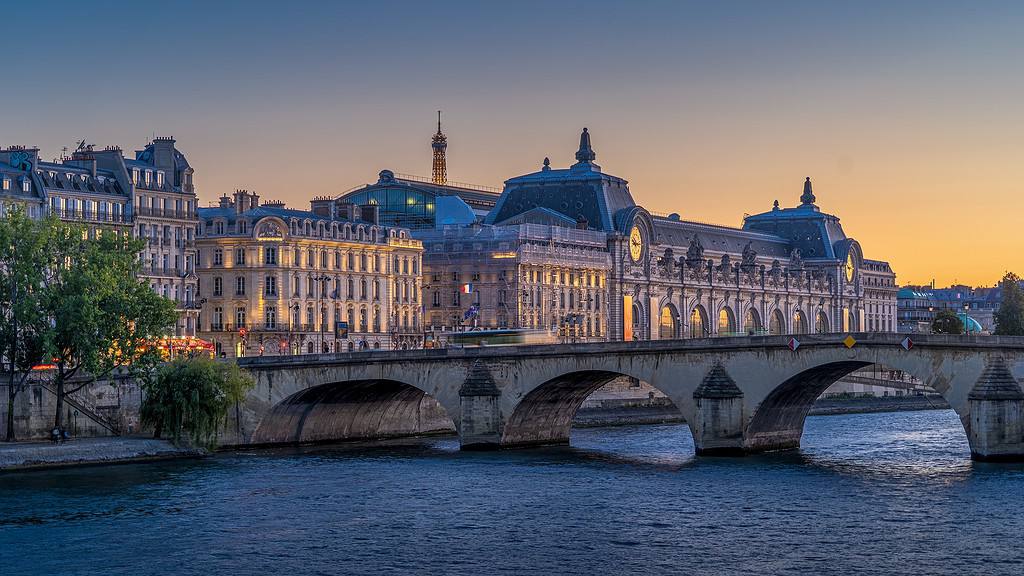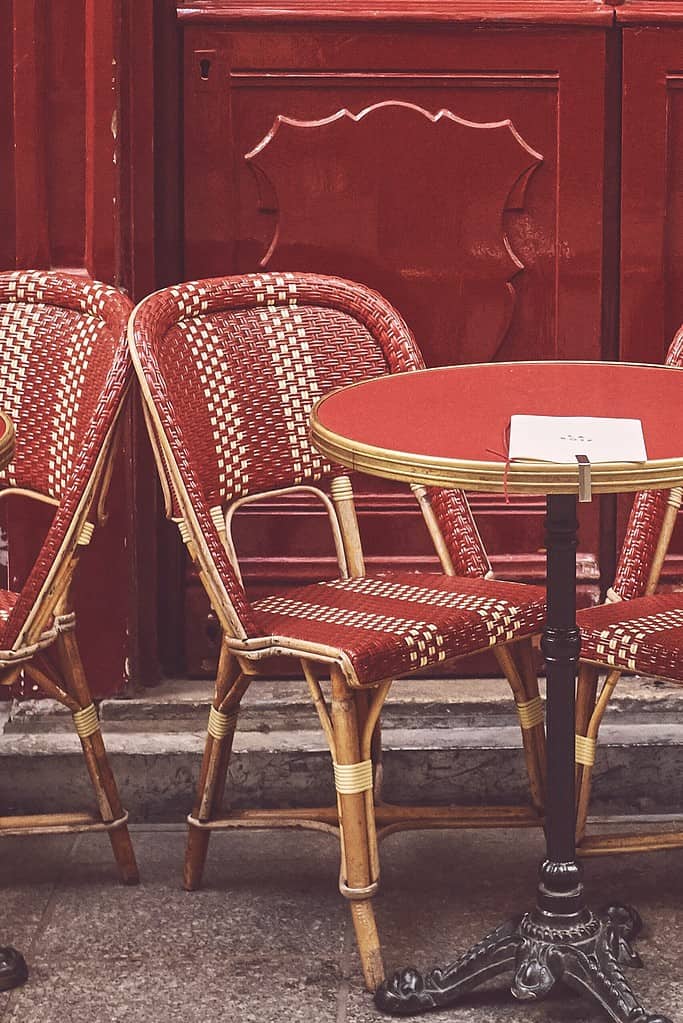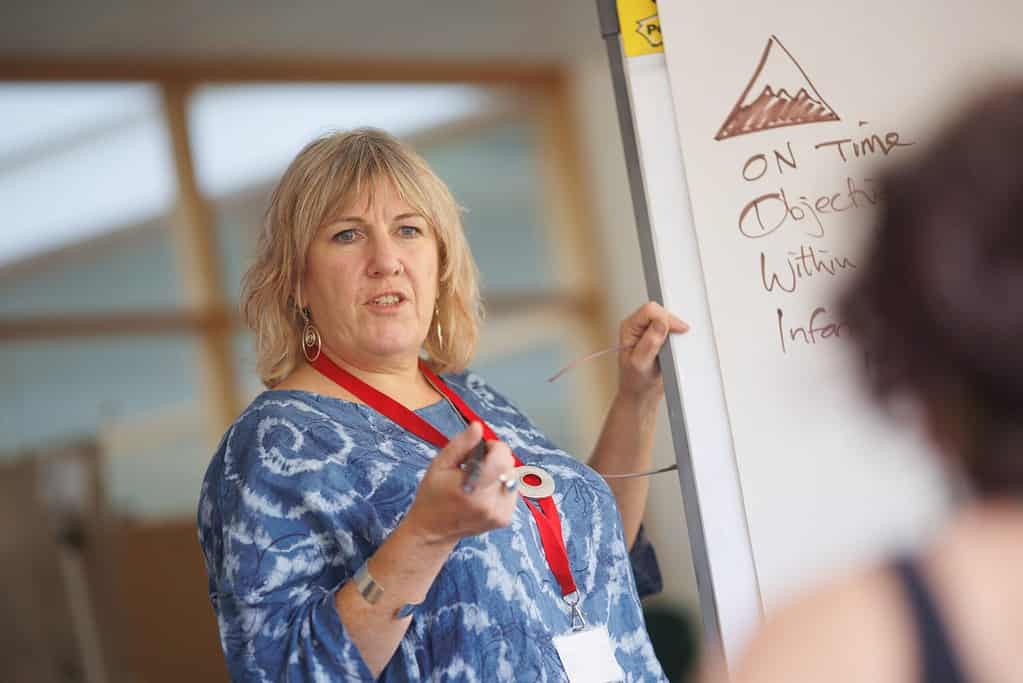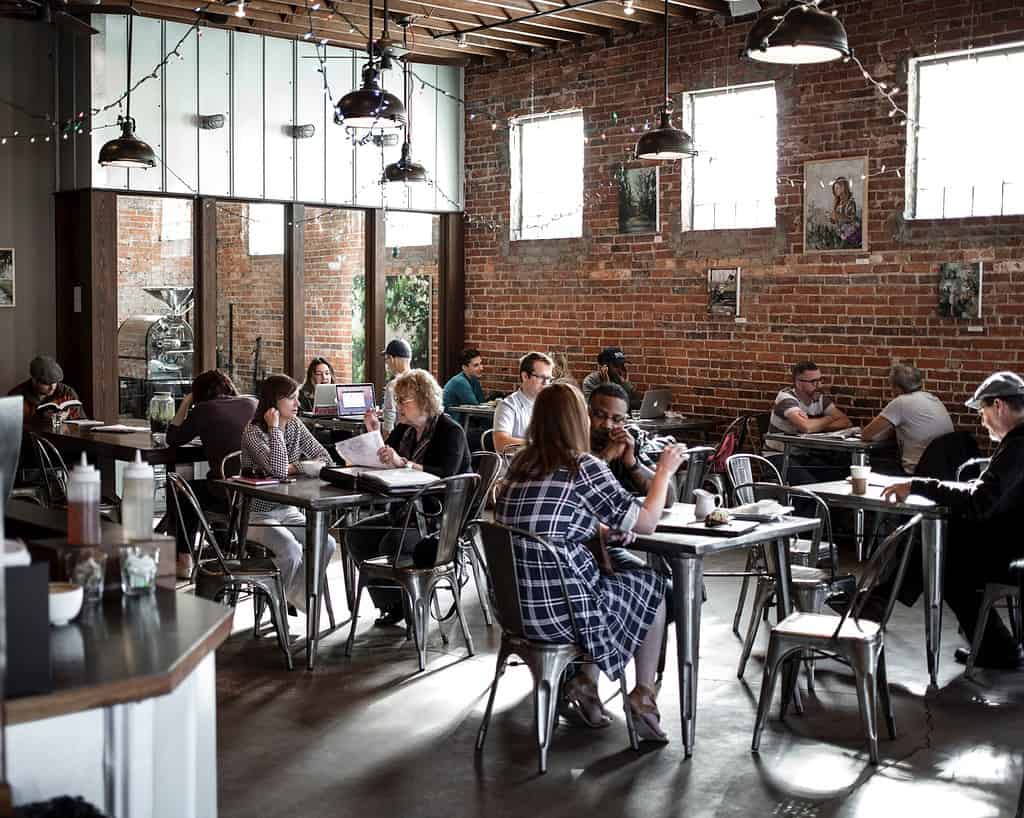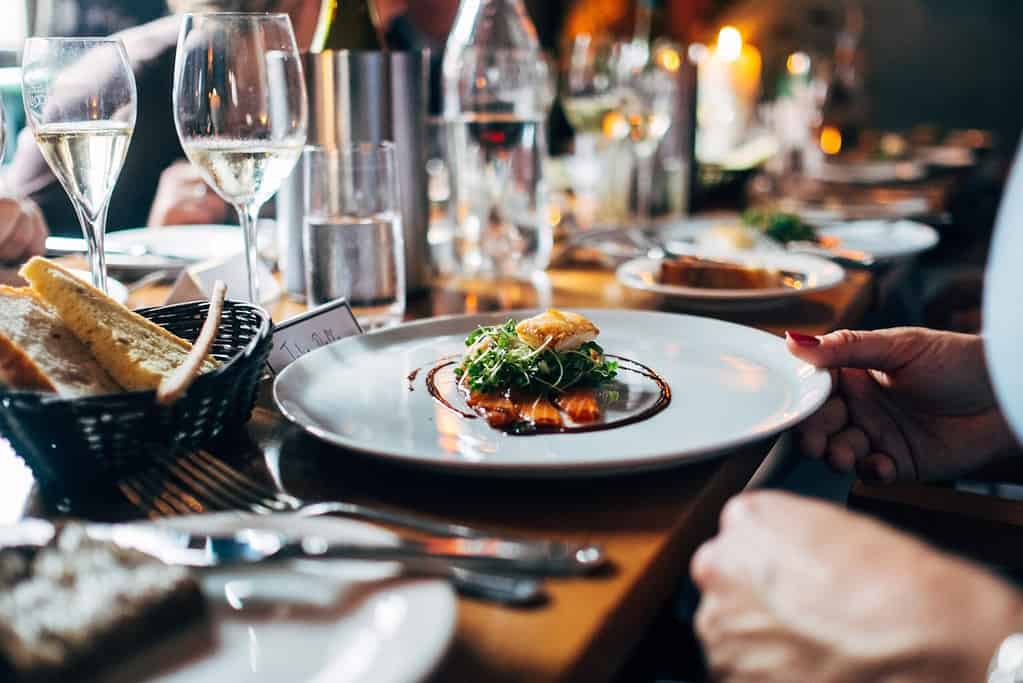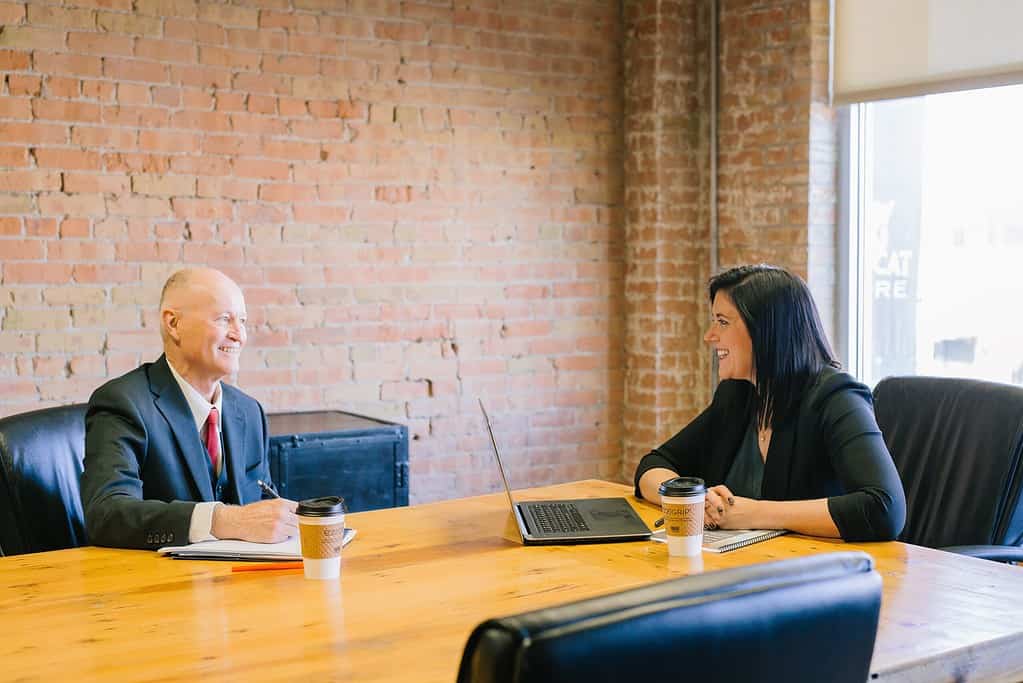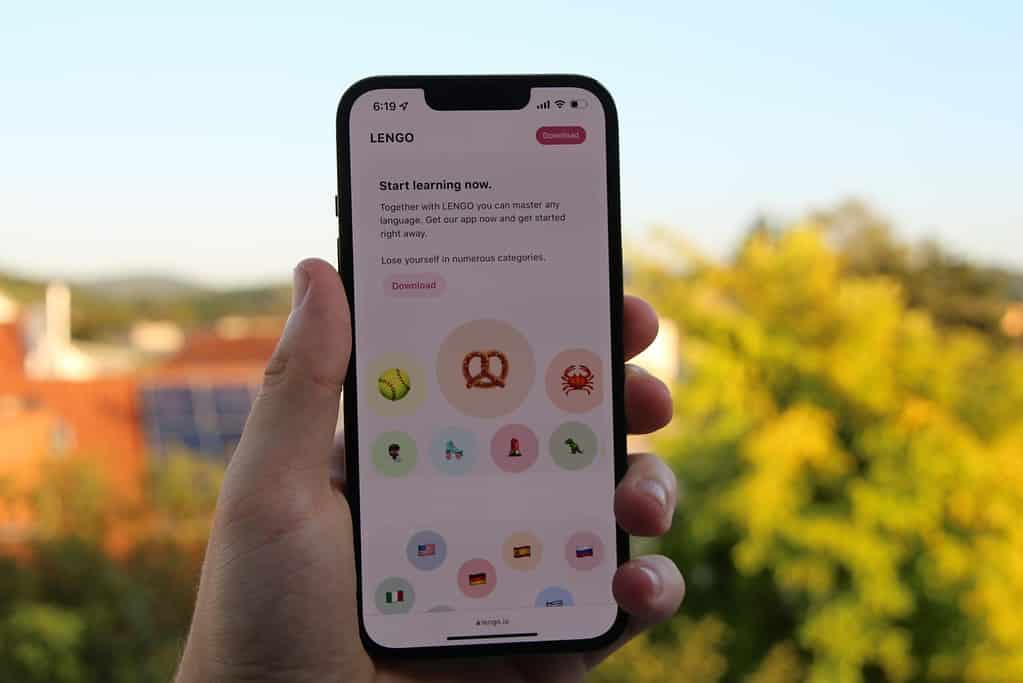If you’re ready to move beyond the simple “bonjour” and dive deep into the delightful intricacies of French greetings, you’ve come to the right place. Greetings in French are not just words; they are social rituals that open the door to authentic conversations. Whether you’re stepping into a posh Parisian café or catching up with a friend on a lazy afternoon, knowing when and how to greet someone in French can make all the difference. For example, if you’re looking for a flexible, one-on-one language exchange, you might want to check out swaplang to boost your conversational skills.
The Importance of Greetings in French Culture
In France, greetings are far more than a quick “hi” or “hello”; they signal respect, establish rapport, and set the tone for entire interactions. Historically, the ritual of greeting someone formally or informally illustrates deep-seated cultural values that emphasize politeness and connection. French speakers often spend a few moments engaging in pleasantries before diving into business or banter. Not only do these greetings foster a sense of warmth, but they also hint at the subtle body language that underpins the conversation. As one insightful source explains on Learn French with Sonal, these everyday procedures “carry centuries of etiquette and cultural insights” that modern learners can harness to speak more naturally.
Common Formal Greetings for Various Situations
When you step into a formal setting or meet someone for the first time, your choice of greeting plays a critical role. In formal French, you might opt for phrases such as “Bonjour, Monsieur/Madame” or “Enchanté(e)” when meeting someone new. In business contexts, even a slight variation in tone or word choice can bridge the gap between professionalism and personal warmth. It’s interesting to note that even in highly formal environments, smile and posture are as essential as the words themselves. For an in-depth look at how subtle shifts in pronunciation and delivery can influence your conversations, consider reading tips in Mastering French Pronunciation: Tips for English Speakers. This approach not only improves your fluency but also prepares you for those high-stakes meetings and gatherings where first impressions matter.
Informal and Casual Ways to Say Hello
Outside of boardrooms and formal dinners, French greetings take on a playful and relaxed flavor. Whether you’re saying “Salut” to a buddy or engaging in casual banter with a neighbor, these greetings are where the French language really shines with personality. In relaxed settings, the form of greeting can often be accompanied by a cheeky “Ça va?” or even an animated “Coucou” to indicate familiarity and warmth. This informality is a vital part of everyday French conversation, letting you explore real, unscripted interactions. If you’re curious to see how these casual discussions come together, you may enjoy the advice in this small talk guide, which shares stories and strategies from native speakers who effortlessly flip between formality and fun.

Regional Variations and Their Contexts
France’s diverse regions contribute an equally diverse array of greeting styles. In the south of France, you might encounter an added flair with a warm kiss on the cheek accompanied by enthusiastic salutations, while in more conservative regions, the same gesture might be reserved for close friends and family. Even within francophone communities outside France, such as in Quebec or parts of Belgium, local customs shape the nuances of greetings. By exploring these regional differences, you can fully appreciate the rich tapestry of the French language. Several articles, like one on Tandem’s greetings guide, highlight these variances and offer practical advice on when to use certain expressions. Understanding these subtleties is essential to not only mastering French conversation but also fully integrating into the culture.
Choosing the Right Greeting for the Occasion
Ultimately, the art of greeting in French is all about context. Knowing whether you’re meeting an acquaintance at a neighborhood café, attending a formal dinner, or even chatting with a language partner via video exchange can significantly influence the form of greeting you choose. It is important to evaluate the setting, the relationship, and the tone of the conversation before deciding on the perfect salutation. This decision-making process might even extend into a bit of self-reflection—asking yourself: “Am I in a rush today or ready to savor a leisurely conversation?” If you’re looking for interactive feedback or a quick language practice session, platforms like swaplang offer convenient matching with native speakers so you can try out different greetings in real time. Balancing formal and informal greetings effectively conveys your respect and friendly intent in each unique situation.
Now that we’ve explored the rich landscape of French greetings—from the intricacies of formal etiquette to the relaxed vibe of casual salutations—it’s time for you to put these tips into practice. If you’re eager to engage more naturally in French conversations and enhance your language skills, why not sign up for a free trial at swaplang? With one-on-one video sessions and a thriving community of language enthusiasts, you can master the art of greeting and much more. Bonne chance!



